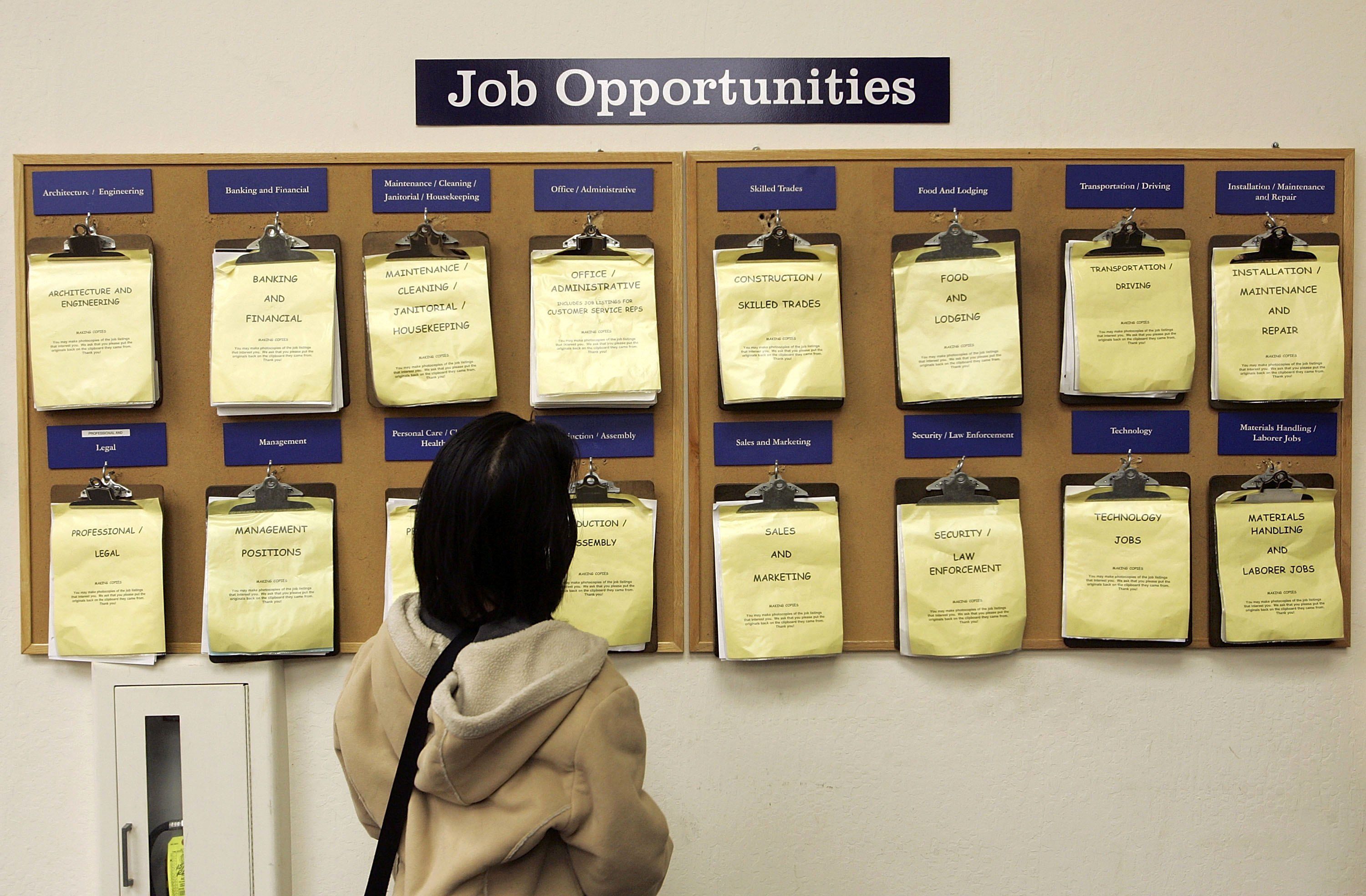Further weakness in US economic data drove the price action yesterday, with markets in Europe closing modestly lower, and US markets following suit after the March ISM services survey saw a larger-than-expected fall in the headline number to 51.2, with the Nasdaq 100 leading the declines.
The ADP payrolls report also saw a slowdown in jobs growth, however, it was the ISM survey that prompted some pockets of concern and further weakness in US treasury yields.
Not only did the headline number fall from 55.1 to 51.2, but we also saw prices paid slip to 59.5 from 65.6 and the employment component weaken to 51.2 from 54. Delving a little deeper and it was also apparent that the banking turmoil fallout from SVB was starting to have some ripple effects on the wider economy.
Coming on top of the weaker manufacturing data earlier in the week there appears to be a feeling that markets want to believe that the economy is slowing, which it probably is, that recent rate rises are to blame, and that the Fed will need to reverse course soon when it comes to rate policy. The last option is probably the most debatable.
Tomorrow’s non-farm payrolls report is the next catalyst for that narrative, although judging by recent weekly jobless claims data the US labour market still seems pretty solid. Today’s claims are expected to show a modest rise to 200k from 198k, however, the market picture is unlikely to become any clearer until next week when US markets will get the first chance to react to tomorrow’s payrolls report, as well as the March CPI report.
In contrast to the US, in Europe service sector picked up from the numbers in February with strong gains in Spain and Italy as we head into the summer tourist season.
Spain’s services sector activity hit its best levels since late 2021, while Italy’s services activity hit an 11-month high. In Asia, or China more specifically there is a similar trend, with the latest Caixin services PMI number also surging in March, in line with its official counterpart as economic activity picks up post-economic reopening.
With ECB Chief economist Philip Lane warning yesterday that food price inflation in the EU was still rising the pressure is building for further rate hikes from the ECB in the coming weeks, even as expectations around future US rate rises diminish on the back of recent weaker data.
The next few days will be key for whether we could see another 25bps rate rise from the Fed in May. A soft jobs report tomorrow, along with a weak CPI print next week could call time on the prospect of another 25bps hike at the next meeting.
What it is unlikely to do is precipitate a shift in Fed thinking when it comes to a rate cut, which is what markets are increasingly pricing. Inflation would need to fall much further from current levels for that to happen and that doesn’t appear to be happening at the moment.
The pound saw a bit of a pullback yesterday after hitting 9-month highs against the US dollar earlier this week. Recent comments from Bank of England chief economist Huw Pill suggest that another 25bps rate rise remains on the card when the MPC next meets. Recently better-than-expected economic data shows the UK economy has improved considerably from the end of last year, with today’s construction PMI for March expected to round off a decent end to Q1. A modest slowdown from 54.6 to 53.4 is expected.
We also have the Canada jobs report for March which is expected to show 10.2k new jobs added and the unemployment rate to tick up to 5.1%.
Tomorrow’s US payrolls data is expected to see 236k jobs added, down from 311k with the unemployment rate set to remain unchanged at 3.6%. Any miss to the downside will add to the confirmatory bias of the markets that a slowdown is coming.
A beat to the upside will put the cat amongst the pigeons and could cause a bit of a repricing.
EUR/USD – has slipped back from the 1.0980 level with the 1.1030 area as the next key resistance. We could slide back towards the uptrend from the March lows which comes in at the 1.0830 level.
GBP/USD – slipped back to the 1.2420/30 level yesterday which needs to hold for a move toward the 1.2660 area in the short term. Below 1.2400 argues a move back towards 1.2270.
EUR/GBP – found support at the 0.8720/30 area yesterday. Below 0.8720 could see a move toward 0.8680. Still has resistance at the 50-day SMA. On the upside, we have trend line resistance at the 0.8870/80 area.
USD/JPY – fell for the third day in succession yesterday as we look to close in on the 130.000 area. Currently has resistance at the 132.00 area.
Disclaimer: CMC Markets is an execution-only service provider. The material (whether or not it states any opinions) is for general information purposes only, and does not take into account your personal circumstances or objectives. Nothing in this material is (or should be considered to be) financial, investment or other advice on which reliance should be placed. No opinion given in the material constitutes a recommendation by CMC Markets or the author that any particular investment, security, transaction or investment strategy is suitable for any specific person. The material has not been prepared in accordance with legal requirements designed to promote the independence of investment research. Although we are not specifically prevented from dealing before providing this material, we do not seek to take advantage of the material prior to its dissemination.






